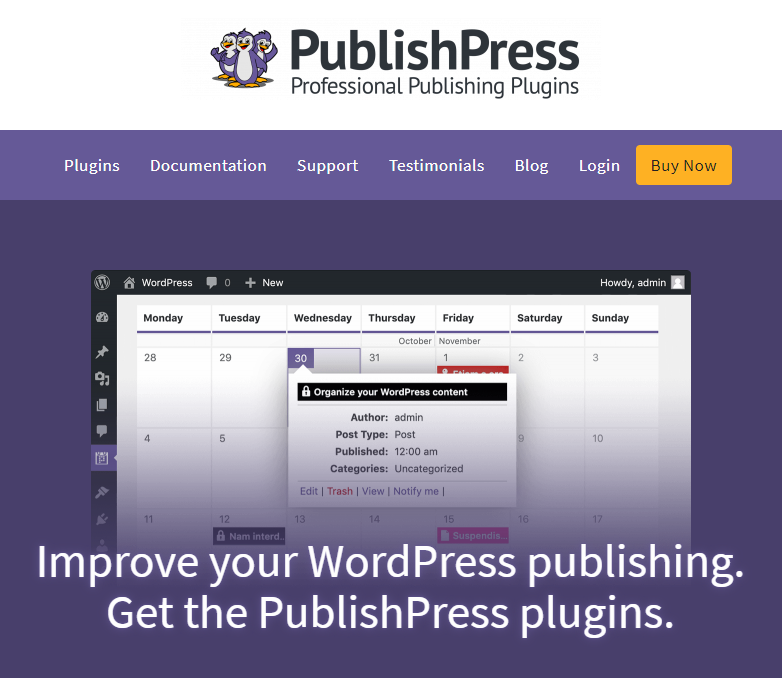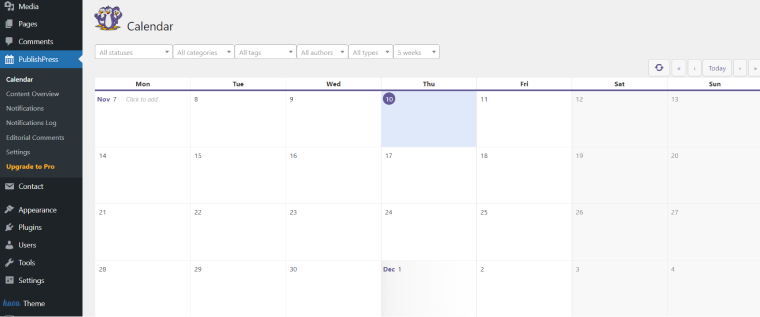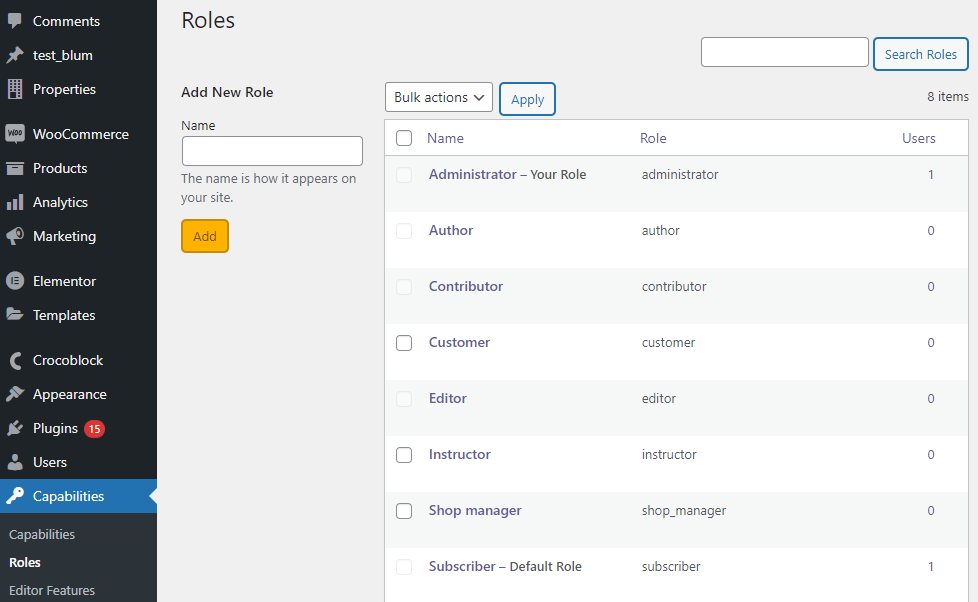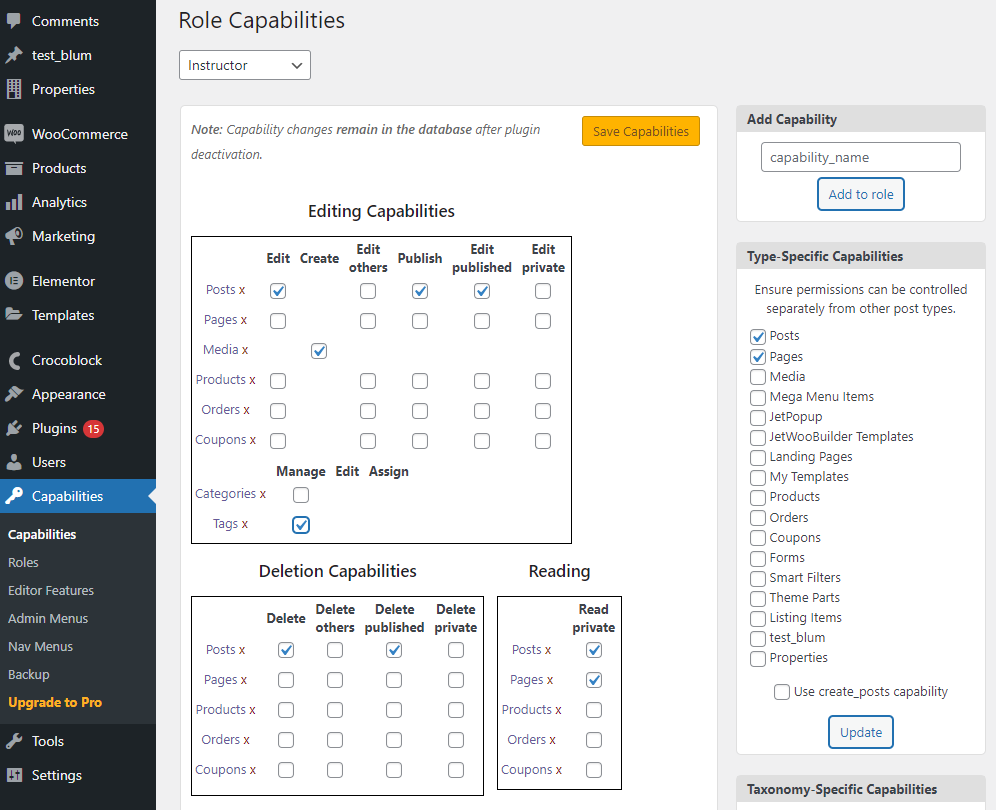A short while ago, we explained how to build a membership site and why you need JetEngine to make it happen. You all know that JetEngine is a time-proven plugin that covers virtually all dynamic content aspects. Despite its numerous features, JetEngine does miss a vital one that makes a membership website incomplete. It’s user role creation. The plugin supports all created WordPress roles like Administrator, Editor, Author, Contributor, and Subscriber, but it doesn’t generate custom user roles.
That’s why we decided to plus up the JetEngine Membership functionality. Hold your breath, and please welcome a JetEngine and PublishPress integration.

What Does It Mean to You?
As a website owner, you will be able to manage WP permissions for both default user roles and those you add. To put it otherwise, you will determine who is allowed to publish, read/view, edit, and delete the posts, pages, CPT & CCT items, as well as categories and tags.
Next, you can create user roles for a niche-tailored website. Once you assign permissions to the new role, it is possible to copy them whenever you’re looking to add another role with a similar set of capabilities. Don’t worry that something goes wrong, and all roles will be lost; the system will automatically create backups.
Besides that, you can control Media Library and WooCommerce permissions. In the first case, you decide who can upload, edit, and remove featured images and files. In the second case, you do the same for products, orders, and coupons.
One more thing: you are free to hide some editor features if you don’t want users to get distracted while writing posts.
Got you hooked, guys? 😈
Then you might want to learn that all these features are granted by just one plugin – PublishPress Capabilities.
PublishPress Overview
PublishPress is a freemium plugin that helps you manage content creation on the website. It allows you to automate processes and control the work of each author. Here are just some of the features you can use:
- creating roles;
- content planning;
- setting up notifications;
- adding editorial comments;
- changing message statuses;
- adding metadata, etc.
The PublishPress plugin helps the website owner do all the editorial work and manage content efficiently. Working with the plugin is simple and intuitive. For example, this is what the publication calendar in the backend looks like. You choose a day and schedule a post.

Moreover, the plugin works not only with blog articles but also with any other posts. Therefore, it does not matter if you have an online store or a job board website. PublishPress will still be helpful for you.
How Much PublishPress Add-ons Cost
Many PublishPress capabilities are available for free. For example, you can schedule publications, review them, and manage comments for free.
But some are paid. So, the Business plan will allow you to use all the plugin add-ons on one site for $129 per year. The Agency costs $249 and covers the plugin add-ons usage on three websites. The Unlimited costs $399 and enables you to use the plugin on unlimited sites.
Paid add-ons include:
- Authors Pro. This feature allows you to assign authors to a publication by creating individual author profiles.
- Block Pro. This add-on includes more features to the Gutenberg editor and allows you to use 20 new blocks.
- Capabilities Pro. This option helps you manage permissions on the website.
- Checklist Pro. With the help of the add-on, you can easily create editorial checklists and ensure to include everything necessary before publishing content.
- Permission Pro. This add-on allows you to manage permissions for site users.
- Publish Press Pro, which provides advanced content scheduling options.
- Revision Pro. This feature helps to plan and manage revisions.
- Series Pro. A useful add-on that will help you create a series of content.
Paid features greatly expand the plugin’s functionality, allow your team to communicate with support agents, and make working with content easier.
How the PublishPress Plugin Helps to Manage User Roles
Role management is one of the most useful features that WordPress has. For example, you can allow some users to write and read content and prevent others from doing so, thus controlling the creation and interaction with the website.
PublishPress empowers you. With it, you can assign multiple roles to a user or create content with multiple authors. Also, you can create any roles, even if they are different from the standard ones in WordPress, and manage them directly from the website’s Dashboard.
How to Create User Roles?
It’s super easy and takes only three steps:
- Download the PublishPress Capabilities plugin, install and activate it.
2. Navigate to Capabilities > Roles in the WP admin panel and type the new role name into the corresponding text area. Then press the orange “Add” button.

That’s it! The role has been added. Now it’s time to set the permissions.
3. Follow the Capabilities > Capabilities pathway and select the custom role in the drop-down below “Role Capabilities.” Then tick the corresponding checkboxes to give users role-specific permissions. Once done, hit the “Save Capabilities” button.

More information on how to use PublishPress Capabilities can be found here.
Do you know what’s even more remarkable about PublishPress Capabilities? The plugin allows you to manage permissions across a multi-site network. Every change you make can be synced right away. Quite a time-saver, isn’t it?
Conclusion
PublishPress is a really great plugin if you need help with content management or user role creation. Sometimes it replaces the functions of several people and makes your work more professional. Plan, comment, add content and take full advantage of JetEngine and PublishPress compatibility.
How do you like this update, guys? Feel welcome to share your thoughts in the comments section below. 🙌



